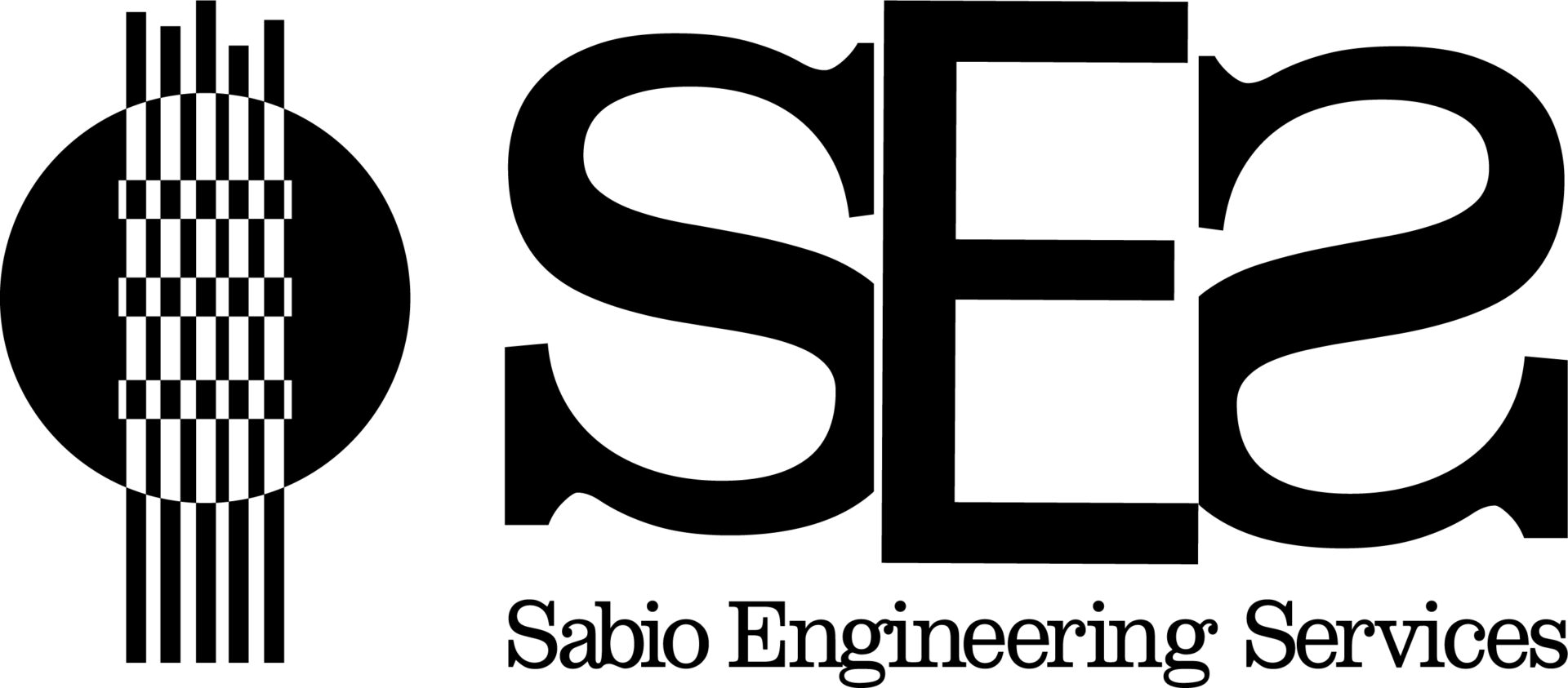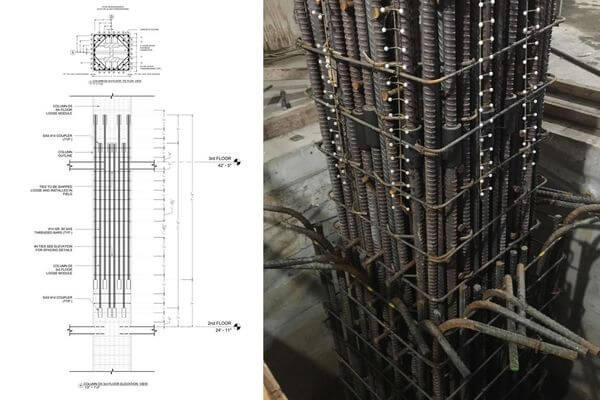Steel is one of the most used materials in construction because it has many favorable qualities. Steel is extremely strong; it can withstand a lot of weight while taking up very little space. It’s a material that works well under both tension and compression. It is also a very ductile material; this means that it can withstand a lot of deformation before failure. However, when it does fail and plastic deformation occurs, it is irreparable and permanent.
When we think of structures made of steel, we imagine indestructible and long lasting. This is true when something is built well from the beginning and maintained over time. Quality of materials and workmanship greatly influence the long-term performance of a steel building. When these structures deteriorate and fail, the consequences can have extreme consequences. Steel structures can fail for a variety of reasons. Failure in steel can occur in main members or connections of buildings.
What types of Steel failures exist?
Tension Failure– This failure occurs in steel members used to connect separate points on horizontal beams known as brace members and in members used to hold joists in place known as hangers. It occurs when these members are stretched to a level that goes beyond the materials ability. This type of failure is very uncommon, especially when the structure is designed well. It takes a large amount of weight for this type of failure to occur, and it occurs in slow moving stages.
Shear Failure- This failure occurs between steel member connections such as beams and columns; it is the most common failure in steel structures. Designing these connections adequately is very important; a structural engineer must make sure that all connections will remain strong no matter the pressures and forces that are placed on them. Connections like beams and columns have a lot of different forces acting on them and adding the appropriate bolts and welds is essential in preventing shear failure from occurring.
Flexural Failure- This failure occurs in steel members that are exposed to bending stresses such as beams and slender columns. It occurs when the weight placed upon these elements is greater than it can handle, and it begins to buckle. The thinner the steel element, the more likely it is for this type of failure to occur. Structural engineers can avoid this failure by providing the proper lateral restraints in addition to accurately calculating the strength the steel member should be to withstand the weight and stress it will be placed under.
Compression Failure– This failure occurs in steel members that are either pushed together or carry a heavy load such as columns and braces. It occurs when the force applied causes the steel to buckle or become overstressed. During planning, structural engineers need to consider something known as the slenderness ratio. The slenderness ratio considers the height and the width of a building to design adequately sized columns.
Deterioration by Corrosion-This is one of the most common reasons for failure in a steel structure. Corrosion occurs when the steel is exposed to moisture and oxygen at the same time. After continuous exposure, rust begins to form, and it weakens the steel. This can be prevented by treating the surface of steel members with any treatment method intended to prevent corrosion such as paint coatings.
The qualities of steel aren’t all favorable. Steel is very susceptible to corrosion so protecting it from a corrosive environment is extremely important. Additionally, protecting steel from intense heat is also essential because heat reduces the strength of the material. Corrosion and heat can all be prevented with adequate construction and planning from the beginning. Furthermore, structural engineers must calculate the strength of each piece of steel in the structure to ensure that it can withstand the force it is meant to; not all steel members can be treated the same because they all play a different role in the load beams and slender columns. During planning and construction, keeping all the qualities of steel in mind is essential for the integrity and long lifespan of any steel structure.
Steel is a very strong and reliable material in construction. All its qualities make it an ideal material to work with for a variety of projects when properly designed and maintained. Poor design of steel structures can lead to different types of failures that can be both costly and even deadly. For professional design and construction inspection of steel structures, don’t hesitate to give us a call at (929)381-0030 and let us be a part of your team!


